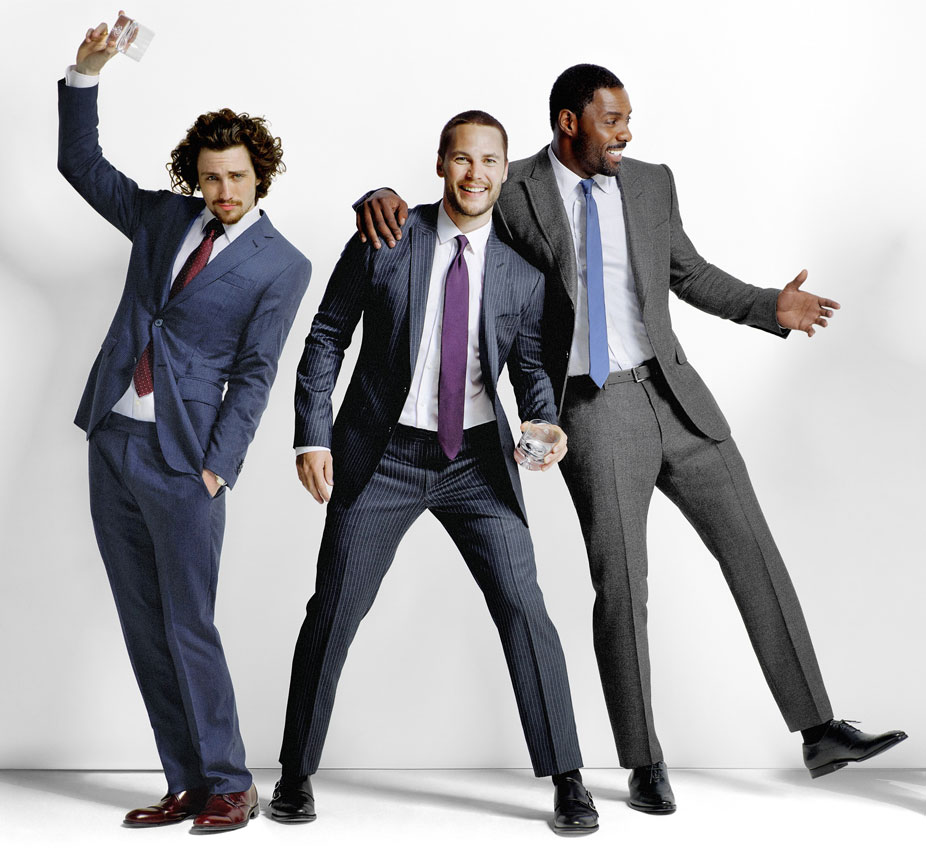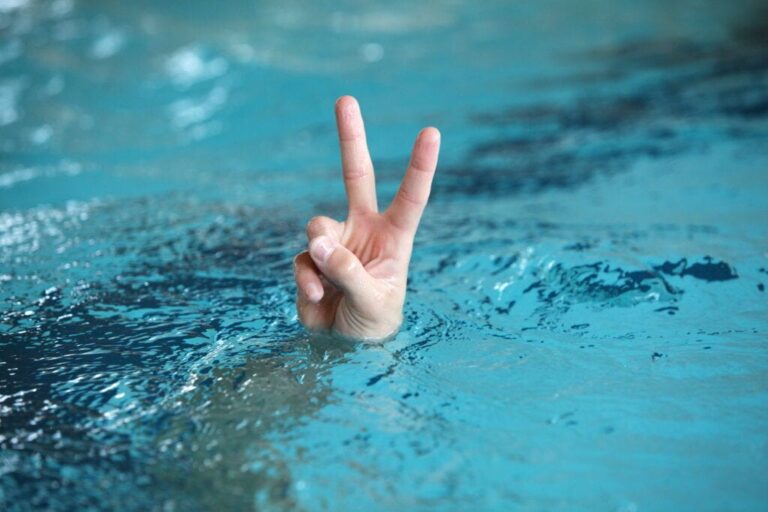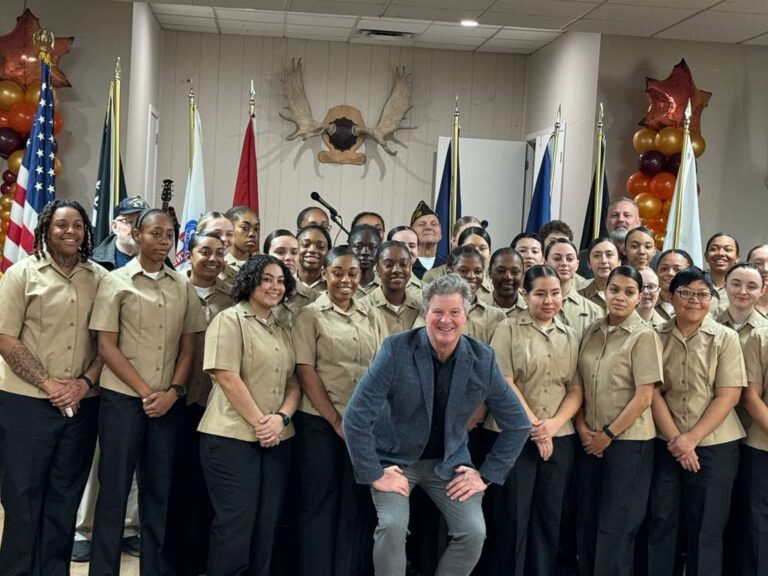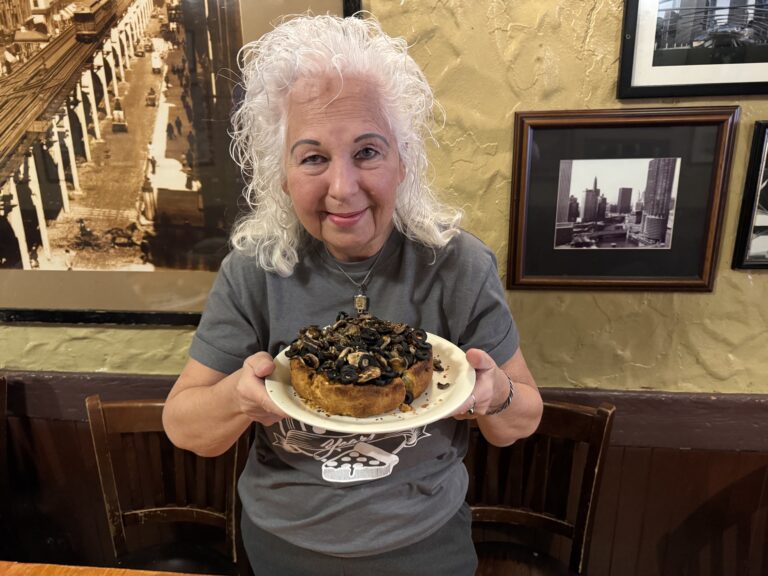I strode through the hotel lobby in a black, sharply tailored Hugo Boss suit. It was Saturday night and I was headed to the ballroom to deliver a keynote address for more than 800 convention attendees. Suddenly I heard a voice from behind.
“Sir?”
I turned to see a middle-aged woman quickly approaching. “Yes?”
“Where are the restrooms?”
“I have no idea,” I replied, too focused on my speech to explain why I was unfamiliar with lavatory location. I kept walking.
“Sorry,” she said. “I thought you worked here.”
It wasn’t the first time I’d been asked the restroom question while wearing semi-formal attire. Some day I plan to give my preferred answer: “Restrooms? Yes, go down this hall, make a left, a right, another right and a left. Then go outside, cross six lanes of traffic and look for the 7-Eleven. Ask for the key.”
Of course, sometimes the truth can be very effective as was the case several month ago when an enraged man assumed my suit meant I was the restaurant maitre d’ and screamed, “How much longer?” in my face. It gave me unbridled joy to inform him that I was not only a patron, but ahead of him on the wait list.
The next morning, following my speech, I watched another suit-clad individual fall victim to a case of mistaken identity. The setting was one of those hoity-toity lounges, perched on the hotel’s top floor and accessible only to guests with special room keys and commas in their frequent stay statements. An African-American gentleman had just finished toasting his bagel when an elderly woman interrupted. Her question was more of a command:
“Sir, can we get some more coffee?”
“I don’t work here,” he said, his fists tightening. Suddenly everybody within earshot became VERY uncomfortable.
“I thought you did,” the woman harrumphed before continuing the search for her morning java.
When did suits and ties become associated with “the hired help?” Should we blame “Casual Friday,” that quirky early millennium idea, no doubt created by a flip-flop manufacturer, where employees abandoned traditional business attire (ties for the guys, dresses for the ladies) once a week and instead sat around the conference table wearing golf shirts, khakis and comfortable footwear? The thinking was that workers would feel better about their cubicle-centered lives and be more productive if they weren’t choked by neckties and crippled with high heels. The experiment proved so popular that most companies now employ “Business Casual” five days a week — even though the recession of 2007-2009 squashed the “polo shirts = productivity” theory.
Personally I like wearing suits. If anything they make me feel smarter, even if I can’t find the restrooms. In Washington D.C., perhaps the only city where a suit salesman can still make a decent living, I always feel like the dumbest guy in the room if I’m not clothed accordingly. From the moment I step off the plane I’m surrounded by Dolce & Gabbana-and Calvin Klein-attired men having animated cellphone discussions about fracking, the situation in Syria and where the euro currently stands. Meanwhile I’m using my phone’s GPS feature to locate baggage claim. But darn it, I look good.
I also wonder if casual attire breeds complacency. Why work if you’re dressed like you’re about to tee off? Maybe it’s time to try the Casual Friday experiment in reverse. How about Mad Men Wednesday where everybody dresses like characters from the show? Ladies, put on a skirt and some pumps; guys, throw on a sport coat. Let’s just see what happens. I predict meetings will be shorter, ideas will germinate quicker and compliments between employees will flow. It’s easy to gush over a business suit; saying “nice khakis Bill” sounds weird.
Don’t worry, smoking will still be forbidden. Employees wanting to go total Don Draper will have to sneak a cigarette break.
That’s what restrooms are for.
COPYRIGHT © 2013 GREG SCHWEM DISTRIBUTED BY TRIBUNE MEDIA SERVICES, INC.




